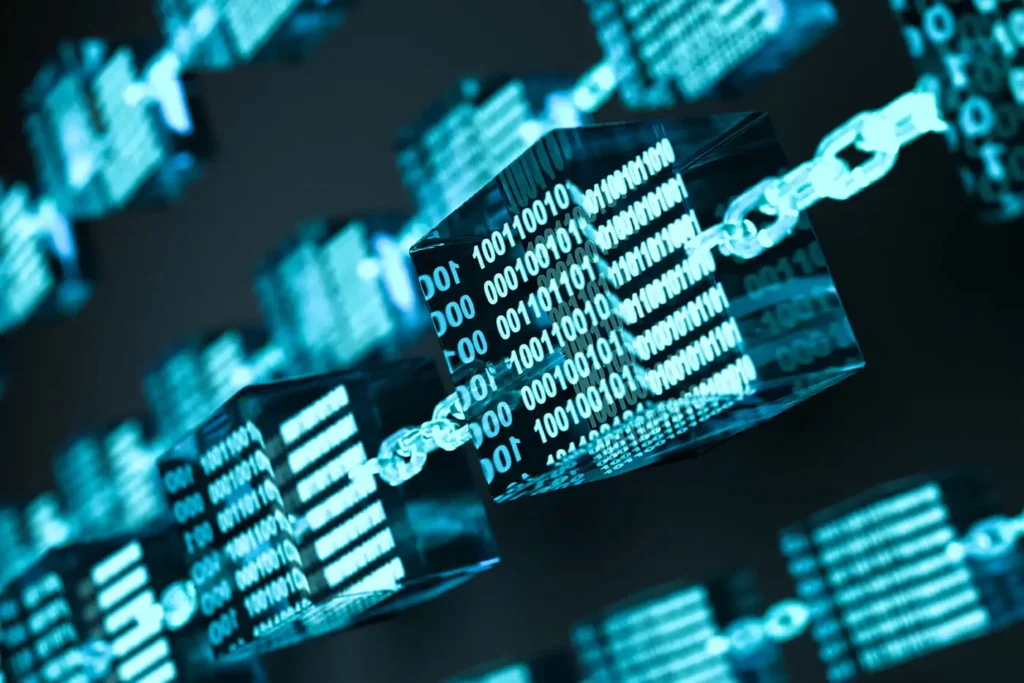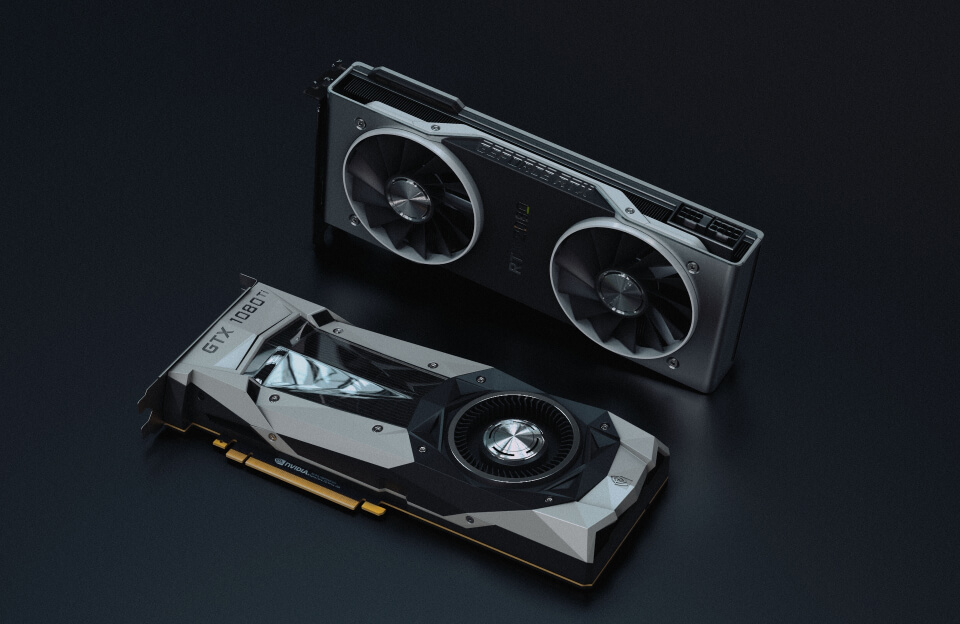Learn what blockchain technology is, how it works behind the scenes, and how it’s used in finance, gaming, identity, and real-world systems across Southeast Asia.
1. What is Blockchain Technology?
Blockchain technology is a system that allows digital information to be recorded and shared, but not edited or deleted. In simple terms, it’s like a public digital ledger that stores data in blocks—and once something is written, it stays there permanently.
Originally created to power Bitcoin, blockchain has evolved into a technology that supports cryptocurrencies, smart contracts, decentralized finance (DeFi), and even supply chains and government services.
In the Philippines, blockchain is gaining momentum across sectors like fintech, gaming, and remittance. Companies like Coins.ph, PDAX, and even local startups are using blockchain to offer faster, cheaper, and more transparent services.
2. How Does Blockchain Technology Work?
Blockchain is built on a distributed network of computers called nodes. These nodes communicate with each other to maintain a synchronized, secure database.
Key Concepts:
- Blocks: Containers of data (transactions, records)
- Chain: Each block is connected to the one before it, forming a chronological chain
- Decentralization: No single person or company controls the data
- Consensus Mechanism: Nodes agree on what’s true (via Proof of Work, Proof of Stake, etc.)
- Immutability: Once recorded, data cannot be changed
3. Blockchain in the Philippines: Local Relevance
| Use Case | Example in PH | Impact |
|---|---|---|
| Digital payments | Coins.ph, Maya crypto wallet | Faster, cheaper remittance and payments |
| Crypto trading | PDAX, Binance P2P | Peer-to-peer crypto buying with PHP |
| Government transparency | DICT pilot projects with blockchain | Secure record-keeping for land and IDs |
| Play-to-earn gaming | Axie Infinity, Pixels | Filipinos earn income through NFT gaming |
| DeFi & Lending | MetaMask + Aave or Compound | Decentralized finance without banks |
The Bangko Sentral ng Pilipinas (BSP) has also issued circulars regulating Virtual Asset Service Providers (VASPs), making blockchain innovation safer and more accessible in the country.
4. Advantages of Blockchain Technology
- Transparency: Every transaction is publicly recorded
- Security: Data is encrypted and tamper-proof
- Efficiency: Reduces middlemen in transactions
- Decentralization: No central authority needed
- Trustless system: You don’t need to trust anyone—just the protocol
5. Blockchain vs Traditional Database
| Feature | Blockchain | Traditional Database |
|---|---|---|
| Control | Decentralized (no single owner) | Centralized (managed by one entity) |
| Data Editing | Not allowed once added | Can be edited or deleted |
| Transparency | Public and verifiable | Private, permissioned |
| Security | Very high (cryptographic validation) | Depends on central server |
| Speed | Slower due to consensus | Faster, but less secure |
6. Types of Blockchain Networks
1. Public Blockchains
Anyone can join. Examples: Bitcoin, Ethereum
→ Used for open crypto ecosystems
2. Private Blockchains
Access is restricted. Example: IBM Hyperledger
→ Used by businesses and government
3. Consortium Blockchains
Controlled by a group of organizations
→ Common in banking and logistics
4. Hybrid Blockchains
Combines public + private features
→ Allows controlled data privacy with transparency
7. Popular Applications of Blockchain Today
- Cryptocurrency (Bitcoin, Ethereum, Solana)
- Smart Contracts (automated agreements)
- DeFi platforms (lending, borrowing, yield farming)
- NFTs (digital art and gaming assets)
- Digital identity (verified KYC, ID records)
- Supply chain tracking (agriculture, logistics, retail)
8. Frequently Asked Questions (FAQs)
Is blockchain legal in the Philippines?
Yes. Blockchain use is legal and encouraged. The BSP regulates licensed crypto platforms to protect consumers.
Can I use blockchain without crypto?
Yes. Blockchain can be used for record-keeping, logistics, e-voting, and other non-financial purposes.
What skills do I need to work in blockchain?
Basic coding (Solidity, JavaScript), understanding of smart contracts, cryptography, and Web3 concepts are useful.
Is blockchain safe?
Yes, blockchain is one of the most secure technologies because of its cryptographic foundation. But users must still protect their private keys.
Can blockchain be hacked?
It’s extremely hard, especially in public blockchains. But user errors (like phishing or seed phrase leaks) are common risks.
9. Real-Life Example: Using Blockchain in PH
Let’s say Maria, a Filipina freelancer, gets paid in USDT (Tether):
- She receives USDT in her blockchain wallet (like MetaMask).
- She uses Binance P2P to convert it to PHP.
- She sends the PHP directly to her GCash account.
- All done within minutes, with lower fees than traditional banks.
This kind of blockchain use is becoming common among freelancers, gamers, and OFWs.
10. Final Thoughts
Blockchain technology is no longer a buzzword—it’s a powerful tool reshaping how we store, verify, and transfer information. For Filipinos, it offers new ways to earn, invest, and participate in the global digital economy.
As blockchain adoption grows across Southeast Asia, understanding this technology puts you one step ahead—whether you’re a developer, business owner, investor, or student.
Start small. Learn how it works. Try it yourself.
Because the future of finance, identity, and digital interaction is already being built—on the blockchain.


